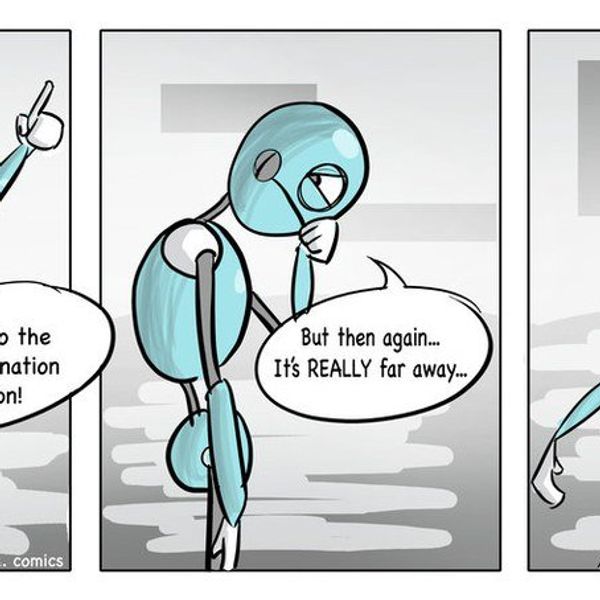Building a fire is a skill that everyone should be familiar with. Even if you may stay in the city with little or no chance of ever leaving your concrete jungle, understanding how to manipulate and utilize the most basic energy type is crucial. You never know when the zombie apocalypse is going to actually happen, and having a bit of know-how is always to your advantage.
As is the case with everything in life, your external surroundings form the basis to your rate of success at building your fire. If it is raining, you would be hard pressed to start a fire unless you create some sort of shelter, and even if you do create that shelter, chances of having the materials necessary to create a fire are slim. That said, with the right mindset, there is always a way to overcome environmental restrictions. Before starting a fire, your primary consideration should be if it really is worth the effort to build that fire.
Preparedness is essential to a successful fire. Before you start, make sure you can gather 1) enough tinder to start a fire, 2) kindling to feed and grow the fire, and 3), fuel to support the fire for longer durations. A good rule of thumb would be to have two handfuls of tinder (small, dry, flakes of leaves, dry pine needles serve this purpose well), a pile of kindling (sticks with widths ranging between a pencil and your fingers) that fill your arms like a baby, and fuel (logs/ sticks as thick as your arm) enough to fill your arms twice, weighing around one small child’s mass.
Starting a fire is never easy, and it can even seem intimidating to those without much experience. If you only have flint, I would advise you practice with cotton wool before moving on to actual tinder. Conceptually, starting a fire is simple: you light the tinder and make sure you harness the fire before it burns out. Timing is crucial when trying to progress from burning tinder to burning kindling. You can’t be too pushy about lighting the kindling, but without a healthy dose of assertiveness, you would never get kindling burning.
Burning tinder creates a bright and attractive flame that gives off the illusion of a longevity it doesn’t possess. Continuously throwing in tinder would only exhaust you over time. If you are in this for the long run, you need to move in progression, not settle for tiny sparks that are snuffed easily.
Once you manage to catch the kindling with fire, you have more or less created a stable fire. But that is only if your surroundings allow that fire to stabilize and continue burning. Burning kindling often creates a lot of smoke, and it is easy to get choked up. Fire won’t produce that smoke unless you put in branches that are high in water content. Putting those branches in may seem like a good idea, but you are merely making things harder for both you and your fire. You must learn how to read your fire; blaming the fire when you get choked up only hinders progress and increases the likelihood of that fire dying.
Kindling burns well, but it still dies off pretty quickly. Commit to using fuel if you want the fire to last. Fuel is difficult to catch because the bark on logs collects moisture easily. Don’t force the log onto the fire as it would risk suffocating the fire. To make the fuel log easier to catch, shave off the bark with a knife and put it next to the fire to bake it dry for future use as kindling. Once the log is shaved, put it on the side of the fire, slowly making it the focus of the fire as it catches. At this juncture, the fire would stay there unless you intentionally put it out. This fire will last, and if you widen it, it can even burn when it rains. Sometimes, it may seem that the fire is dying, and it is easy to feel discouraged. After all, you’ve put so much effort into starting the fire already; it seems unfair that your fire should die down so easily. But when you are burning fuel, you create embers (white-hot bits of wood). These embers can combust tinder easily and even catch kindling on fire. Embers are not flashy, but they are resultant of a mature fire that can maintain itself even if you walk away from it.
Your interactions with your fire will define how your fire is and how long it can burn. Whatever environmental factors you may blame for a failed attempt can just as easily be your own lack of foresight when starting the fire. Be patient, and once you have a fire, don’t give up on it. Maintain a healthy level of receptivity when trying to understand what your fire wants from you. Fire making is simple, but never easy.
And yes, I’m just talking about fire.





















